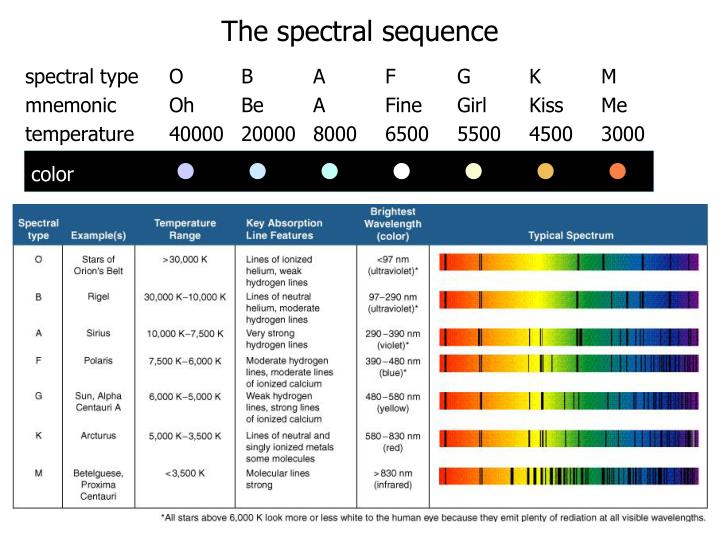
Even when this does not happen, it is often possible to get useful information from a spectral sequence by various tricks. The easiest cases to deal with are those in which the spectral sequence eventually collapses, meaning that going out further in the sequence produces no new information. This information is usually contained in a rank three lattice of abelian groups or modules. Unfortunately, because of the large amount of information carried in spectral sequences, they are difficult to grasp. This is true even when many of the terms of the spectral sequence are incalculable. While their theoretical importance has decreased since the introduction of derived categories, they are still the most effective computational tool available. Spectral sequences were found in diverse situations, and they gave intricate relationships among homology and cohomology groups coming from geometric situations such as fibrations and from algebraic situations involving derived functors. It was soon realized that Leray's computational technique was an example of a more general phenomenon. The purpose of this text is to introduce the reader to the subject and proofs are. The limit of this infinite process was essentially the same as the cohomology groups of the original sheaf. A useful tool in homological algebra is the theory of spectral sequences. The cohomology of the cohomology again formed a chain complex, and its cohomology formed a chain complex, and so on. This was still not the cohomology of the original sheaf, but it was one step closer in a sense. Leray found that the cohomology groups of the pushforward formed a natural chain complex, so that he could take the cohomology of the cohomology. The relation involved an infinite process. This gave a relation between cohomology groups of a sheaf and cohomology groups of the pushforward of the sheaf.

To compute sheaf cohomology, Leray introduced a computational technique now known as the Leray spectral sequence. Motivated by problems in algebraic topology, Jean Leray introduced the notion of a sheaf and found himself faced with the problem of computing sheaf cohomology. Spectral sequences are a generalization of exact sequences, and since their introduction by Jean Leray ( 1946a, 1946b), they have become important computational tools, particularly in algebraic topology, algebraic geometry and homological algebra. In homological algebra and algebraic topology, a spectral sequence is a means of computing homology groups by taking successive approximations.


 0 kommentar(er)
0 kommentar(er)
